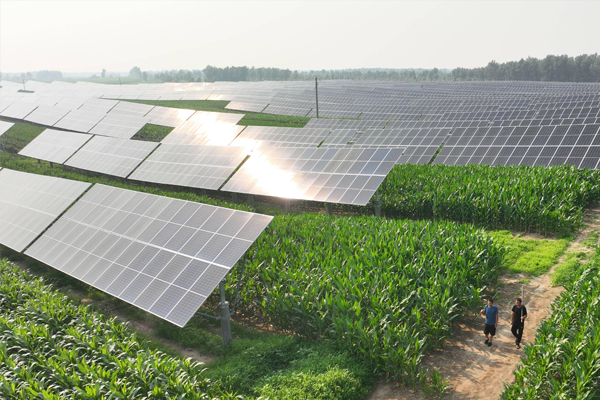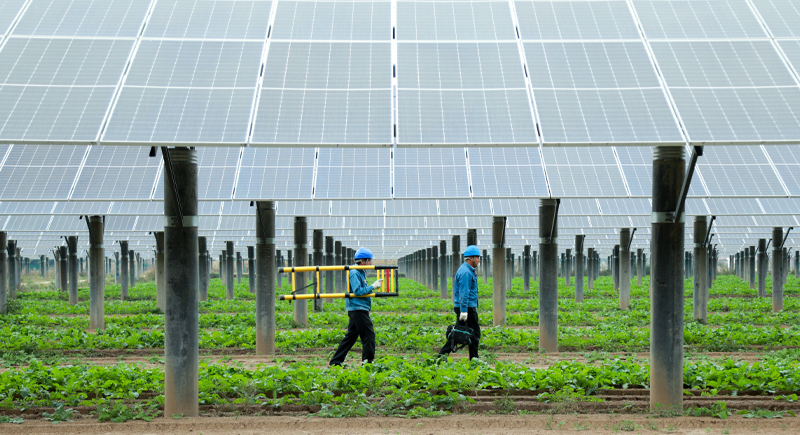VIDEO & CENTER

On August 18th, US Agriculture Secretary Brook Rosins posted on the X website that the US Department of Agriculture would no longer support the implementation of solar and wind energy projects on agricultural land.

This is the latest move in a series of actions taken by the Donald Trump administration to prevent the development of wind and solar energy. Trump claimed that these energy sources are unreliable, costly, and dependent on China's supply chain.
"Millions of acres of prime farmland have been left idle to build solar panels under the green新政 subsidies. This destruction of our farms and our fertile soil is taking away the future of the next generation of farmers, and also our country's future," Rollins said on TVX.
According to the website of the United States Department of Agriculture, the department has provided over 2 billion US dollars in funds for renewable energy projects such as solar and wind energy through its "Rural Energy Program in the United States". The department has also provided support for clean energy projects of rural power cooperatives.
The United States Department of Agriculture did not immediately respond to the request for comment.
According to a 2024 study by the United States Department of Agriculture, in 2020 approximately 424,000 acres (1,715 square kilometers) of rural land were affected by wind power and solar power plants, accounting for less than 0.05% of the nearly 900 million acres of farmland. The study found that after the development of solar or wind energy projects, most of these lands were still used for agricultural production.
The previous administration of President Joe Biden supported solar and wind energy projects in rural areas and on farms, which was part of its efforts to reduce climate-harming emissions and make clean energy more affordable.














